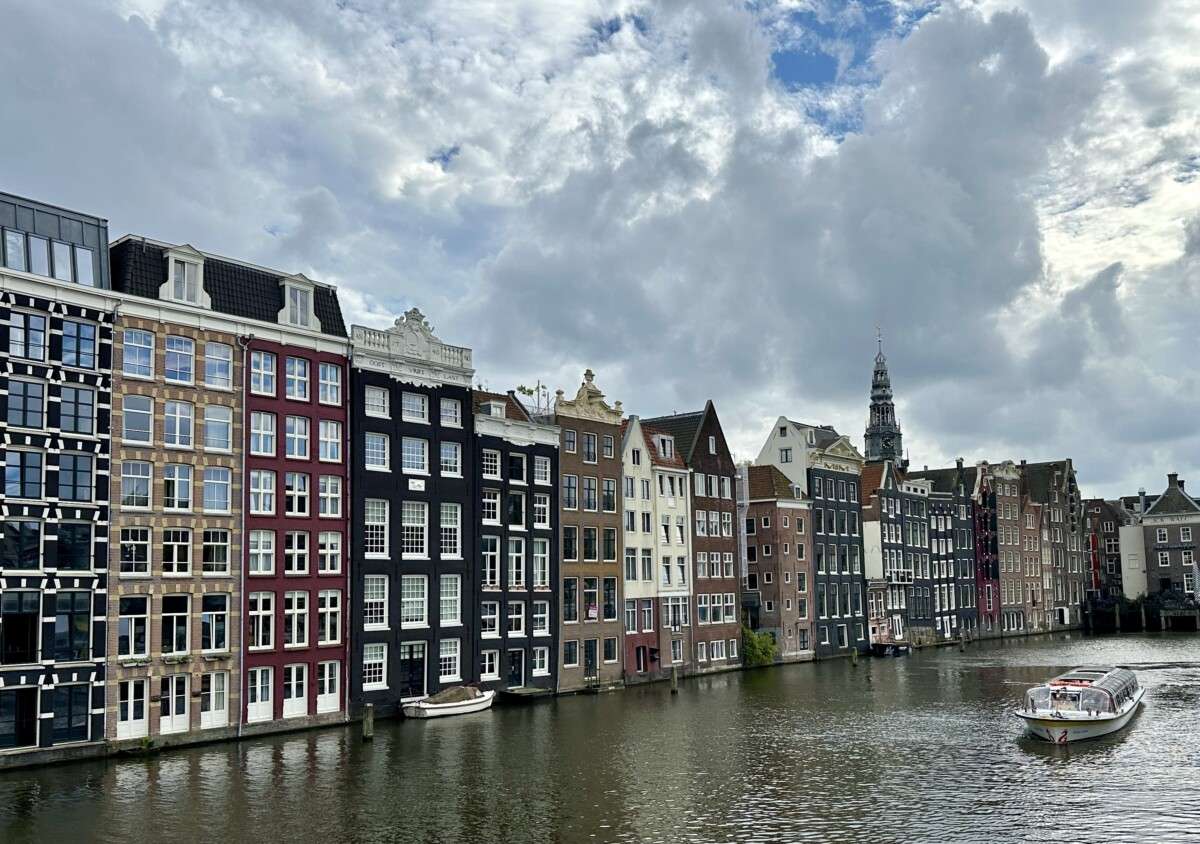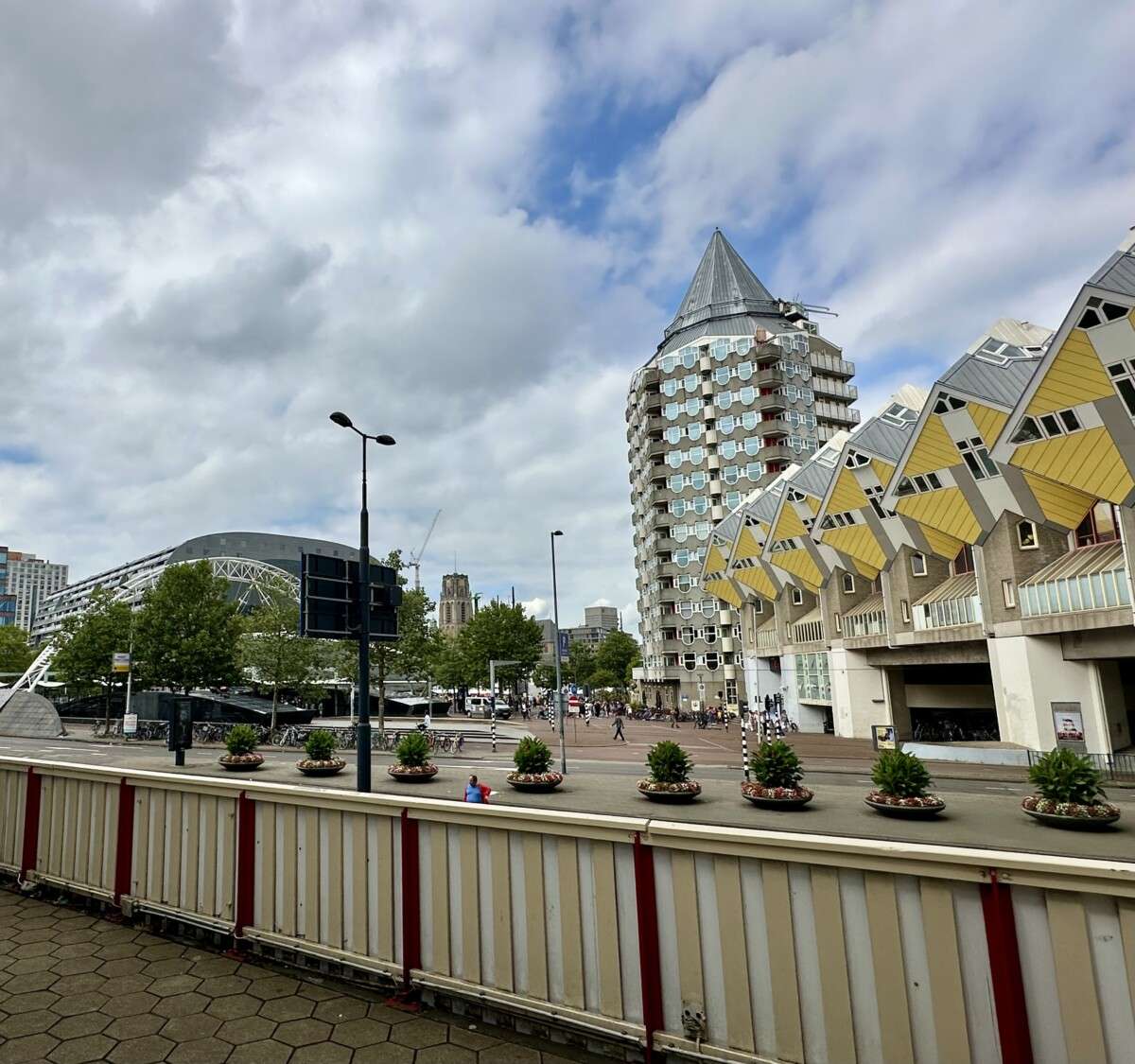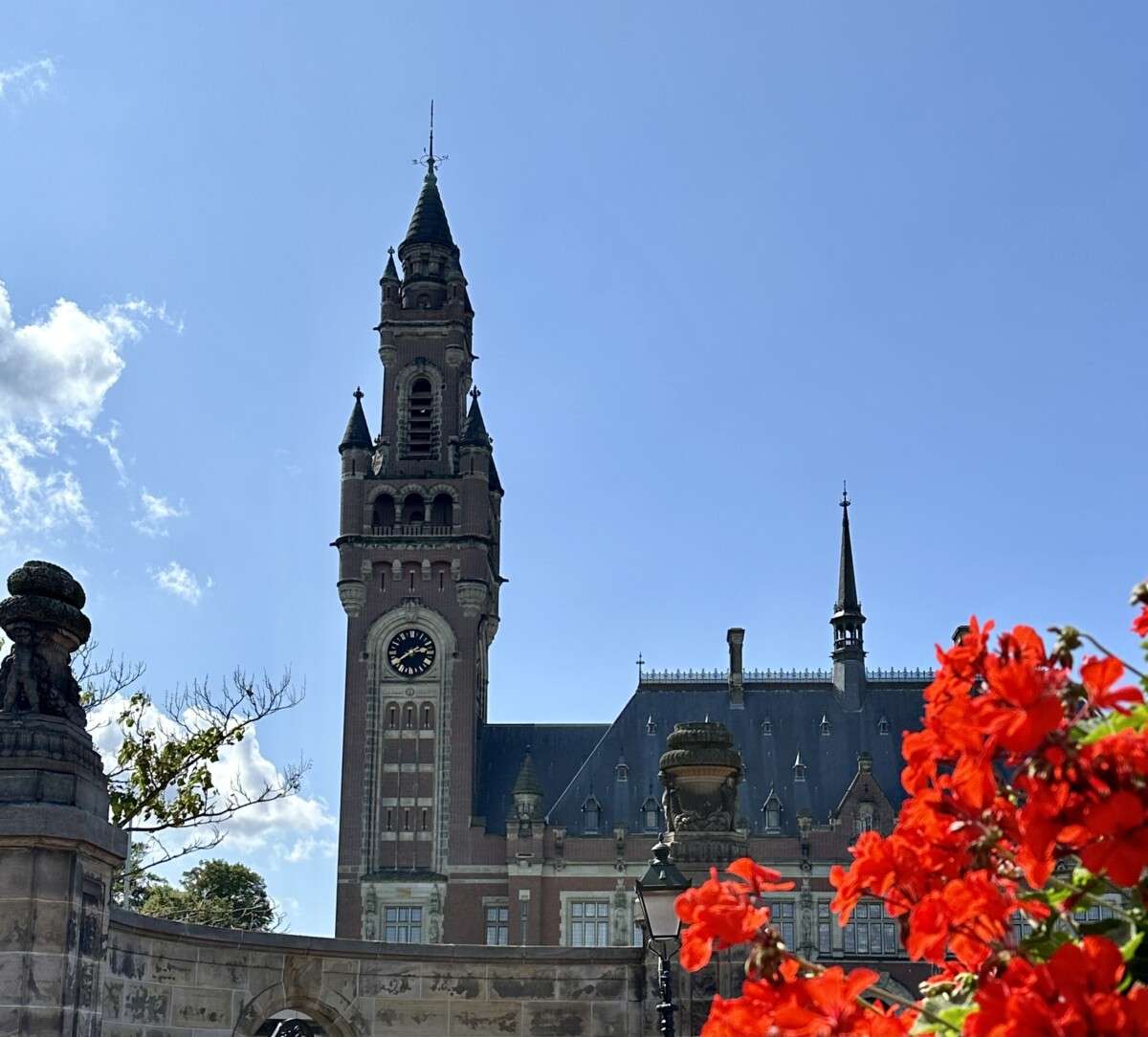A short 30 minute waterbus ride from central Rotterdam is a magical place called Kinderdijk (pronounced “Kin-der-dike”). We rode over on a chilly, rainy morning but the waterbus was large enough that it wasn’t affected by the choppy water. And there are some great views of the city and countryside along the way.



Kinderdijk is a small village with 19 windmills built around 1740. People still live here and you are able to tour a few of the windmills.

“The name Kinderdijk is Dutch for “Children dike”. According to legend, (during the Saint Elizabeth flood of 1421), the water carried away a baby along with its crib and a cat. After the flood receded, people ventured out to assess the survivors. They spotted a cradle floating on the water and prepared for the worst: the chances of the baby surviving seemed slim. As the cradle approached the shore, they noticed a cat leaping frantically from one corner to another, desperately maintaining balance. It turned out, the cat’s acrobatics managed to keep the crib upright, preventing it from overturning. The cat allegedly succeeded so well that even the peacefully sleeping baby’s bedding remained dry.
This folktale and legend has been published as “The Cat and the Cradle” in English.” – Wikipedia


The first windmill we toured is the Nederwaard Museum Mill.

“Take a look inside this impressive stone windmill from 1738. See, hear, and feel for yourself how the Nederwaard Museum Mill still makes its rounds nearly three centuries after it was built.” – Kinderdijk

When we first walked in we saw and heard the windmill gears turning.
We walked up the stairs and tried to imagine living here. The living spaces were built all around the center post. Whole families lived in here with up to 10 children or more.








The second windmill we toured was the Blokweer Museum Mill. It was built in 1630, making it the oldest windmill in Kinderdijk. It has a much different shape than the other windmills and felt much larger inside.










We really enjoyed our day spent at Kinderdijk. We never thought about, or knew, how people lived in and around windmills. And, it was so interesting to see.





Interesting to know that families lived in these windmills. Never thought about that…… Thanks one again. June and Gene
I was there too! It was also cold and rainy.
Hello Lovebirds,
Another interesting tour you ventured into…. Good choice of one of the several places to see the windmills in the Netherlands!
Thanks for sharing.
Rod and Sasha